Molecular and Functional Characterisation of Plant Glutamate Receptor Homologues
Ionotropic glutamate receptors in animals have been known for decades. In the brains of vertebrates these ligand-gated ion channels play a crucial role in the communication between nerve cells. At the contact site between two cells, the sender cell releases the neurotransmitter glutamate, which in turn activates glutamate receptors at the surface of the receiver cell. Upon activation, the glutamate receptors open their intrinsic ion channel, allowing influx of ions into the cell and thus generating an electrical signal, which can then be further propagated inside the receiver cell.
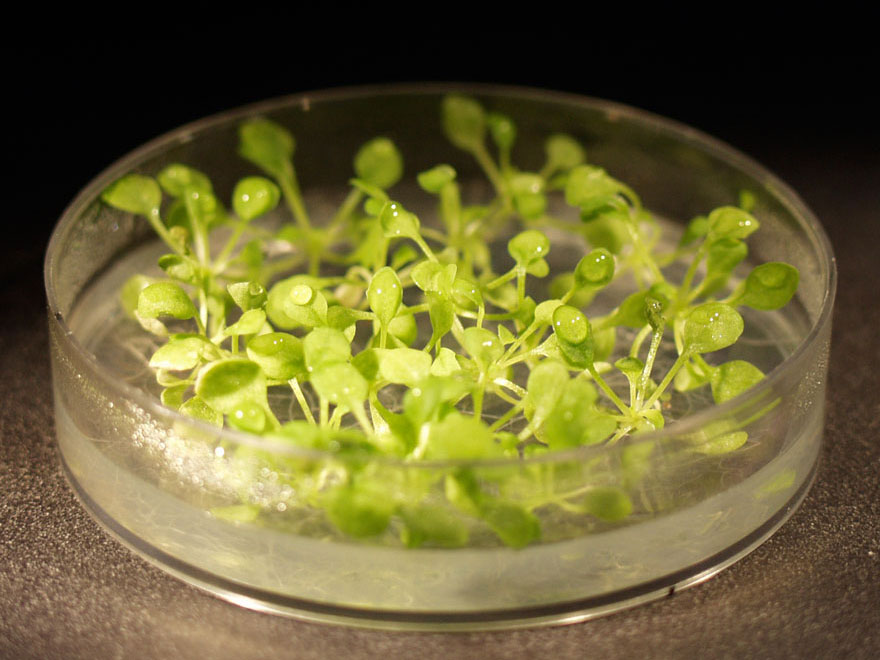 In 1998 putative glutamate receptor genes were discovered in the plant Arabidopsis thaliana. This was a surprising finding because plants neither have a brain nor a nervous system. Nevertheless, Arabidopsis has even two glutamate receptor genes more than vertebrates, as it turned out after the sequencing of its genome had been completed in 2000. The proteins coded by these genes are termed glutamate-like receptors (GLRs) and resemble the glutamate receptors from animals in both sequence and predicted structure. This structural similarity suggests that their function may also be similar.
In 1998 putative glutamate receptor genes were discovered in the plant Arabidopsis thaliana. This was a surprising finding because plants neither have a brain nor a nervous system. Nevertheless, Arabidopsis has even two glutamate receptor genes more than vertebrates, as it turned out after the sequencing of its genome had been completed in 2000. The proteins coded by these genes are termed glutamate-like receptors (GLRs) and resemble the glutamate receptors from animals in both sequence and predicted structure. This structural similarity suggests that their function may also be similar.
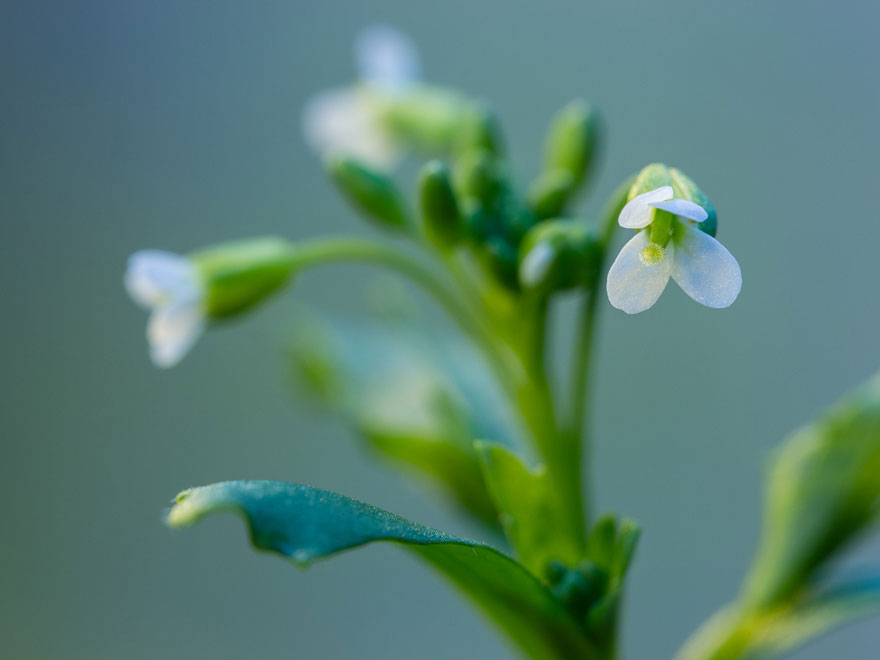 Investigating plant GLR function, however, turned out to be remarkably difficult. For long time, only in planta analyses were successful, yet did not allow to directly characterise the molecular properties of single GLR subunits. In some cases, the observed effects could not even be definitely attributed to GLRs at all. Overall, a large variety of possible functions were suggested, including the regulation of carbon and nitrogen metabolism, hormone biosynthesis, water balance, and ion distribution as well as the response to various environmental stress stimuli. However, the analysis of individual, isolated GLR proteins was not successful for long time. Therefore, it was unclear whether they really work in a way similar to glutamate receptors from animals.
Investigating plant GLR function, however, turned out to be remarkably difficult. For long time, only in planta analyses were successful, yet did not allow to directly characterise the molecular properties of single GLR subunits. In some cases, the observed effects could not even be definitely attributed to GLRs at all. Overall, a large variety of possible functions were suggested, including the regulation of carbon and nitrogen metabolism, hormone biosynthesis, water balance, and ion distribution as well as the response to various environmental stress stimuli. However, the analysis of individual, isolated GLR proteins was not successful for long time. Therefore, it was unclear whether they really work in a way similar to glutamate receptors from animals.
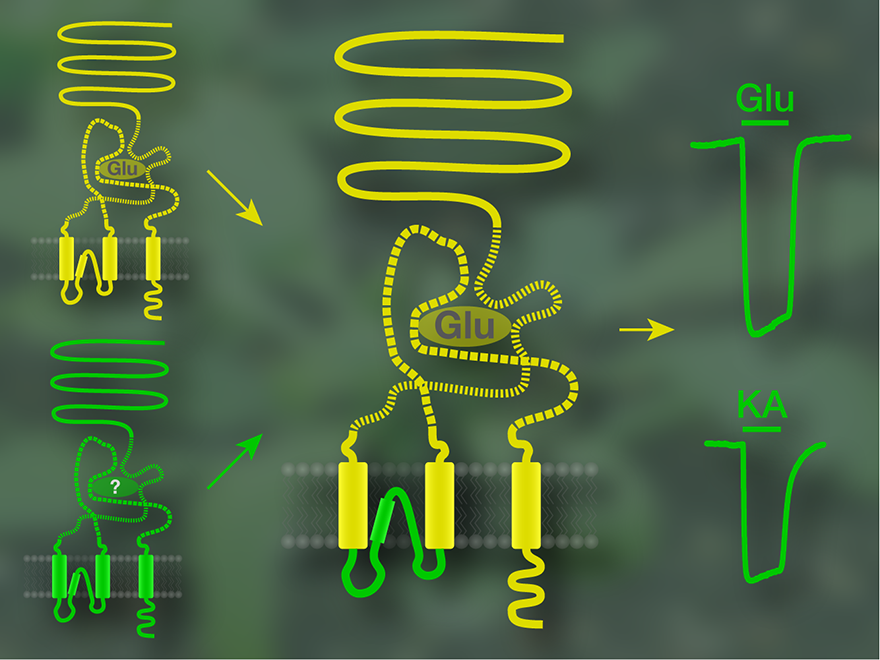 In 2008 we showed that some GLR proteins indeed have a functional ion channel. We inserted the part of the plant protein that presumably forms the ion channel into an animal glutamate receptor, replacing its intrinsic channel. The glutamate binding site of the animal glutamate receptor was preserved, so we could still activate it with glutamate. With this approach, we tested the putative ion channel sequences of 17 GLR subunits and in two cases obtained a chimaeric receptor that allowed ion flux upon activation with glutamate. This was clear evidence that GLRs from Arabidopsis can in principle form ion channels.
In 2008 we showed that some GLR proteins indeed have a functional ion channel. We inserted the part of the plant protein that presumably forms the ion channel into an animal glutamate receptor, replacing its intrinsic channel. The glutamate binding site of the animal glutamate receptor was preserved, so we could still activate it with glutamate. With this approach, we tested the putative ion channel sequences of 17 GLR subunits and in two cases obtained a chimaeric receptor that allowed ion flux upon activation with glutamate. This was clear evidence that GLRs from Arabidopsis can in principle form ion channels.
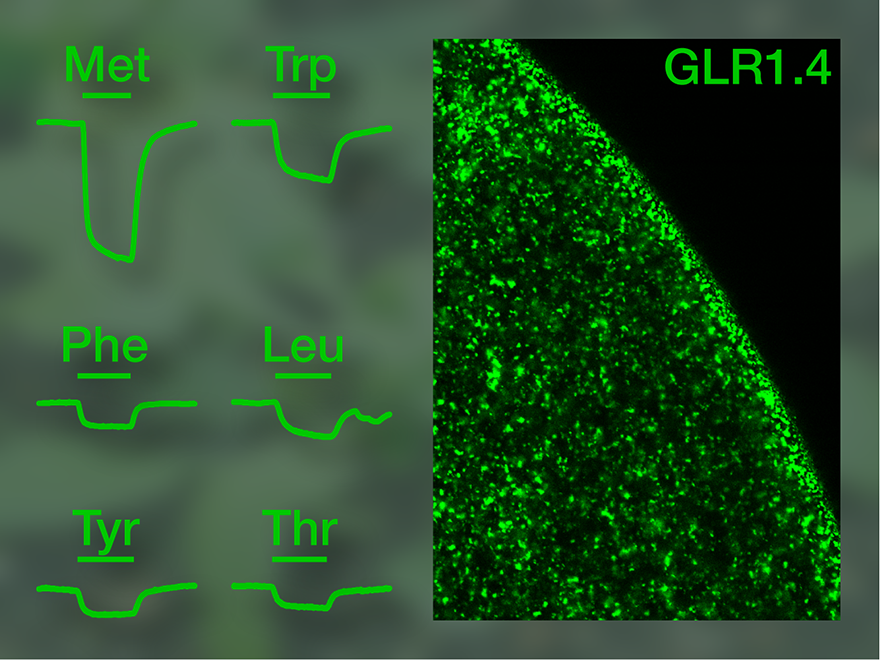 We then concentrated on the two GLR subunits bearing a functional ion channel according to the chimaera study. The full-length plant receptors did not react to glutamate, but one of them was activated by other amino acids, triggering ion flux into the cell. Thus, at least this GLR subunit, GLR1.4, is a ligand-gated ion channel with a mode of operation similar to that of animal glutamate receptors. However, an unusual feature is that not only one defined signalling molecule but several different, yet related substances can activate the receptor, with glutamate being ineffective. This means that GLR1.4 cannot be termed a glutamate receptor. By now, another subunit with similar properties has been identified, which is also an ion channel activated by several amino acids, yet by others than GLR1.4.
We then concentrated on the two GLR subunits bearing a functional ion channel according to the chimaera study. The full-length plant receptors did not react to glutamate, but one of them was activated by other amino acids, triggering ion flux into the cell. Thus, at least this GLR subunit, GLR1.4, is a ligand-gated ion channel with a mode of operation similar to that of animal glutamate receptors. However, an unusual feature is that not only one defined signalling molecule but several different, yet related substances can activate the receptor, with glutamate being ineffective. This means that GLR1.4 cannot be termed a glutamate receptor. By now, another subunit with similar properties has been identified, which is also an ion channel activated by several amino acids, yet by others than GLR1.4.
Most plant glutamate receptor homologues, however, still remain completely uncharacterised, their functions in the plant are largely unclear, and the atypical properties of the subunits characterised so far are poorly understood on a molecular level. In our group we are working to answer some of the open questions to contribute to a better understanding of the mysterious family of plant GLR proteins.
Project-Related Publications
- D. Tapken, U. Anschütz, L.-H. Liu, T. Huelsken, G. Seebohm, D. Becker, and M. Hollmann (2013).
A plant homolog of animal glutamate receptors is an ion channel gated by multiple hydrophobic amino acids.
Science Signaling 6(279): ra47.
doi: 10.1126/scisignal.2003762
Abstract Press Release

- D. Tapken and M. Hollmann (2008).
Arabidopsis thaliana glutamate receptor ion channel function demonstrated by ion pore transplantation.
Journal of Molecular Biology 383(1): 36-48.
doi: 10.1016/j.jmb.2008.06.076
Abstract
- D. Tapken and M. Hollmann (2006).
Homologs of mammalian glutamate receptors in invertebrates and plants.
In: Biological and biophysical aspects of ligand-gated ion channel receptor superfamilies, H. Arias, ed. Research Signpost, Trivandrum, pp. 321-382.
Abstract
- B. Lacombe, D. Becker, R. Hedrich, R. DeSalle, M. Hollmann, J.M. Kwak, J.I. Schröder, N. Le Novère, H.G. Nam, E.P. Spalding, M. Tester, F.J. Turano, J. Chiu, and G. Coruzzi (2001).
The identity of plant glutamate receptors.
Science 292(5521): 1486-1487.
doi: 10.1126/science.292.5521.1486b
Abstract
Project-Related Doctoral Theses
- Thi Hong Thanh Lu
Investigations on agonist specificity and heteromeric assembly of Arabidopsis thaliana glutamate-like receptor (AtGLR) subunits
September 2012 to December 2016
Download thesis as pdf (34.8 MB)
- Daniel Tapken
Molecular and functional characterisation of plant glutamate receptors
September 2002 to August 2008
Download thesis as pdf (21.7 MB)
Project-Related Master Theses
- Franziska Schmoll
Investigation of the ligand binding domain of the plant glutamate receptor homolog AtGLR1.4 via point mutations
to 02.11.2021
Supervisor: Dr. Daniel Tapken
- Frederik Bodemer
Electrophysiological investigation of ligand binding domain mutants of the plant glutamate receptor homologue AtGLR1.4
to 21.08.2019
Supervisor: Dr. Daniel Tapken
- Andrea Mölders
Investigations on the role of functional domains of plant glutamate receptor homologues
to 30.09.2011
Supervisor: Dr. Daniel Tapken
- Daniel Tapken
Investigation of glutamate receptors from Arabidopsis thaliana
30.11.2001 to 11.07.2002
Project-Related Bachelor Theses
- Ben Jakob Pahs
Investigation of point mutants at the dimer interface of the plant glutamate receptor homologue AtGLR1.4
25.09.2025
Supervisor: Dr. Daniel Tapken
- Rowena Gänsler
Electrophysiological investigation of clade 3 plant glutamate receptor homologues
05.10.2021
Supervisor: Dr. Daniel Tapken
- Laura Moreno Wasielewski
Investigation of point mutants in the M3-S2 linker of the plant glutamate receptor homologue AtGLR1.4
09.09.2021
Supervisor: Dr. Daniel Tapken
- Maria Jordan
Point mutagenesis in the M3-S2 linker of the plant glutamate receptor homologue AtGLR1.4
21.09.2020
Supervisor: Dr. Daniel Tapken
- Janine Theile
Point mutagenesis in the S2 domain of the plant glutamate receptor homologue AtGLR1.4
18.09.2020
Supervisor: Dr. Daniel Tapken
- N.N.
Characterisation of chimaeras in the linker region of the plant glutamate receptor homologue AtGLR1.4
11.09.2019
Supervisor: Dr. Daniel Tapken
- Sebastian Mesch
Mutagenesis in the linker region of the plant glutamate receptor homologue AtGLR1.4
25.09.2018
Supervisor: Dr. Daniel Tapken
- Jil Schrader
Point mutation in the pore helix of the plant glutamate receptor homologue AtGLR1.4
28.09.2017
Supervisor: Dr. Daniel Tapken
- Klara Scholtissek
Mutagenesis in the ligand binding domain of the plant glutamate receptor homologue AtGLR1.4
28.09.2017
Supervisor: Dr. Daniel Tapken
- Bilhan Karacora
Generation and characterisation of chimaeras within clade 1 of plant glutamate receptor homologues
29.05.2015
Supervisor: Dr. Daniel Tapken
- Marvin Mann
Generation and characterisation of pore chimaeras of plant glutamate receptor homologues
29.05.2015
Supervisor: Dr. Daniel Tapken
- Karolina Kleinsimlinghaus
Point mutagenesis in the pore region of a plant glutamate receptor homologue
06.10.2010
Supervisor: Dr. Daniel Tapken
- Sonja Kühn
Construction of fluorescently labelled Arabidopsis thaliana glutamate receptors
07.11.2005
Supervisor: Daniel Tapken
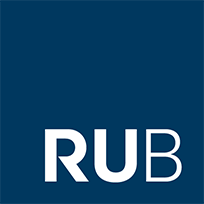

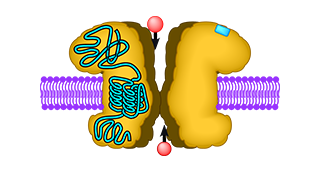

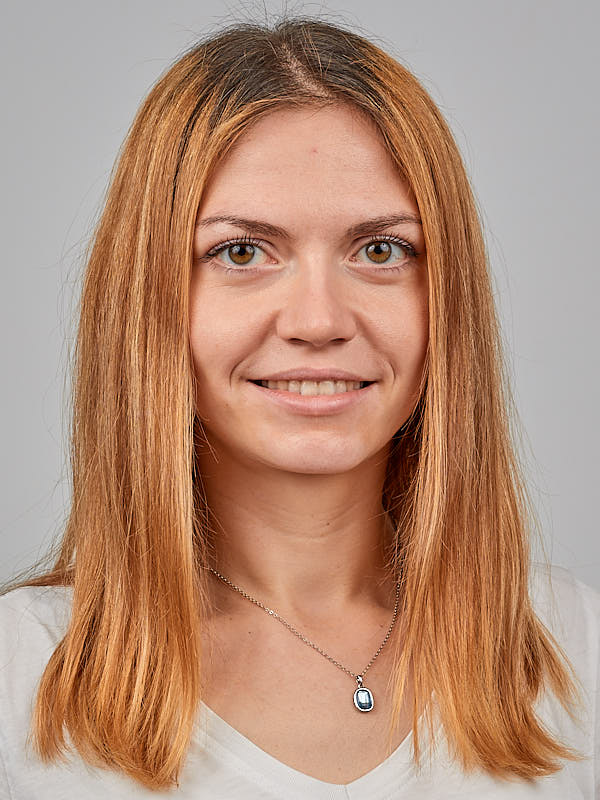 Amina Bećić
Amina Bećić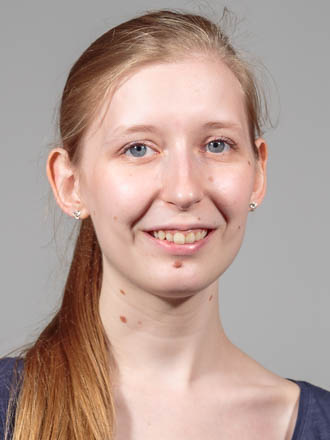 Franziska Schmoll
Franziska Schmoll Frederik Bodemer
Frederik Bodemer Dr. Thi Hong Thanh Lu
Dr. Thi Hong Thanh Lu Andrea Mölders
Andrea Mölders